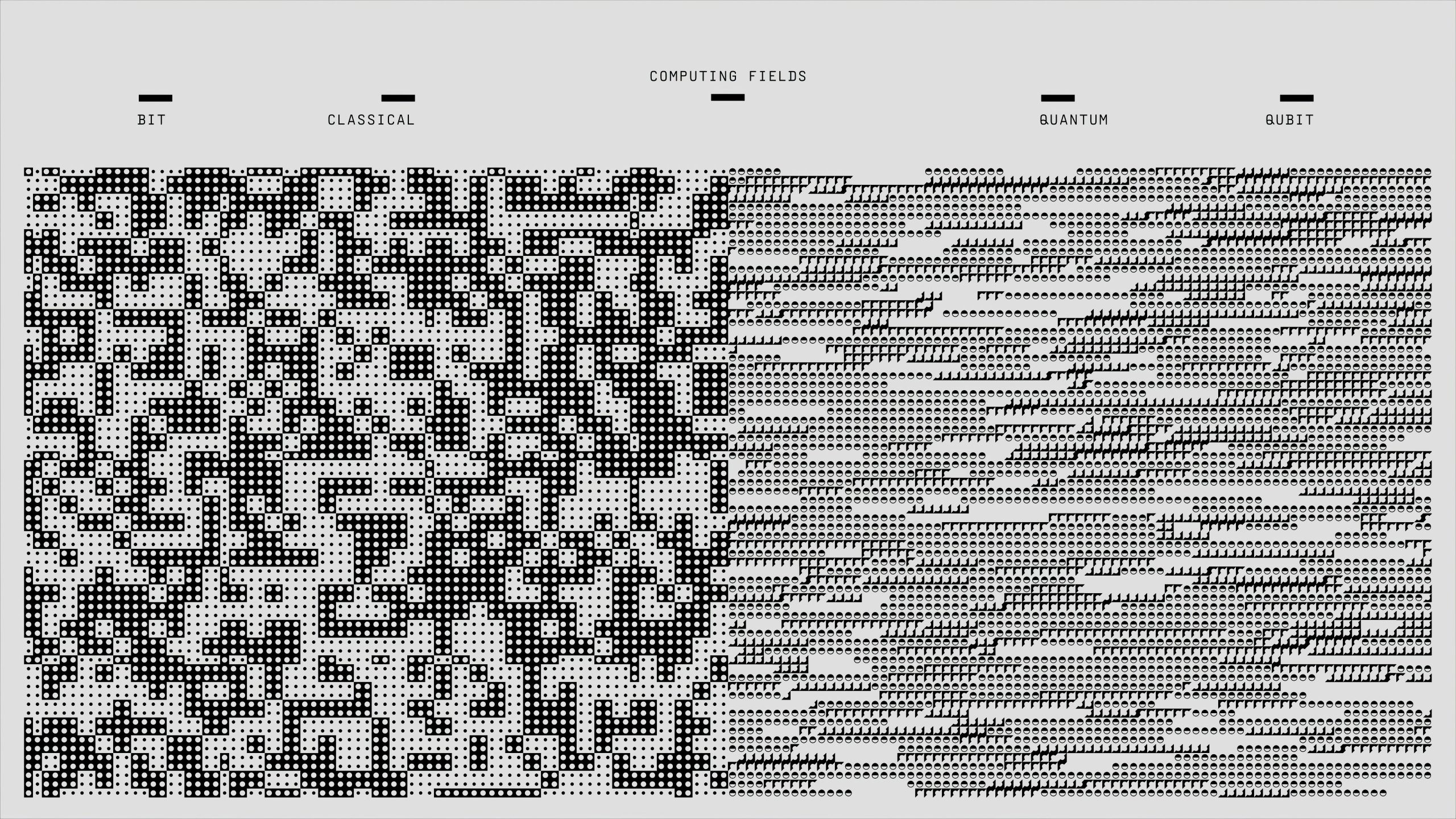My Experience with AI-Driven Content Revision for My Website Exceeded My Expectations
Harnessing AI for Website Optimization: A Personal Journey
In recent months, I’ve begun experimenting with artificial intelligence tools to enhance my website’s content and SEO performance. Contrary to my initial skepticism, the results have exceeded expectations, prompting me to share this experience with fellow WordPress users and digital entrepreneurs.
Background and Initial Challenges
My website is built on a five-year-old domain, though it has only been active for the past year. It functions as a corporate site for a company I founded, but for most of its existence, it remained largely dormant—comprising just a few pages like “About Us” and a handful of blog articles. Despite having a presence online, the site struggled to rank well; even searching for the company name rarely placed it beyond the 2nd or 3rd Google results page.
Motivated by a desire to boost visibility, I decided to explore AI-driven SEO strategies. I chose ChatGPT and DeepSeek as my primary tools, not to generate content from scratch, but to assist in refining existing material and guiding content planning. My approach was methodical: I developed a three-month roadmap, outlining target keywords, planned articles, and publishing schedules—all without leveraging social media, relying solely on my modest Instagram account for initial outreach.
Content Creation and Optimization
The initial phase of content production was challenging. Neither I nor the AI fully understood the exact tone or style I aimed for. For instance, instructing ChatGPT to produce a 3,000+ word article often resulted in shorter, less polished pieces. Over time, I learned how to better prompt the AI—encouraging it to deliver longer, more professional, and industry-aligned content. By the end of the first week, I had a full suite of articles aligned with my notes, ready for publication according to my schedule.
Furthermore, I systematized the process by creating a content calendar that included topics, target keywords, categories, and publishing dates. This organizational effort helped maintain consistency and allowed me to track progress effectively.
Progress and SEO Impact
Initially, the website’s indexing was slow—visible on search engines after about 15 days. While Google ranking remained static, I observed some movement in Yandex and Bing, with my site climbing to the top positions for my company’s name within a month. This was encouraging, especially considering there were no backlinks, paid ads, or social media campaigns involved—just content optimized with AI assistance.
Within 30 days, I started noticing more














Post Comment